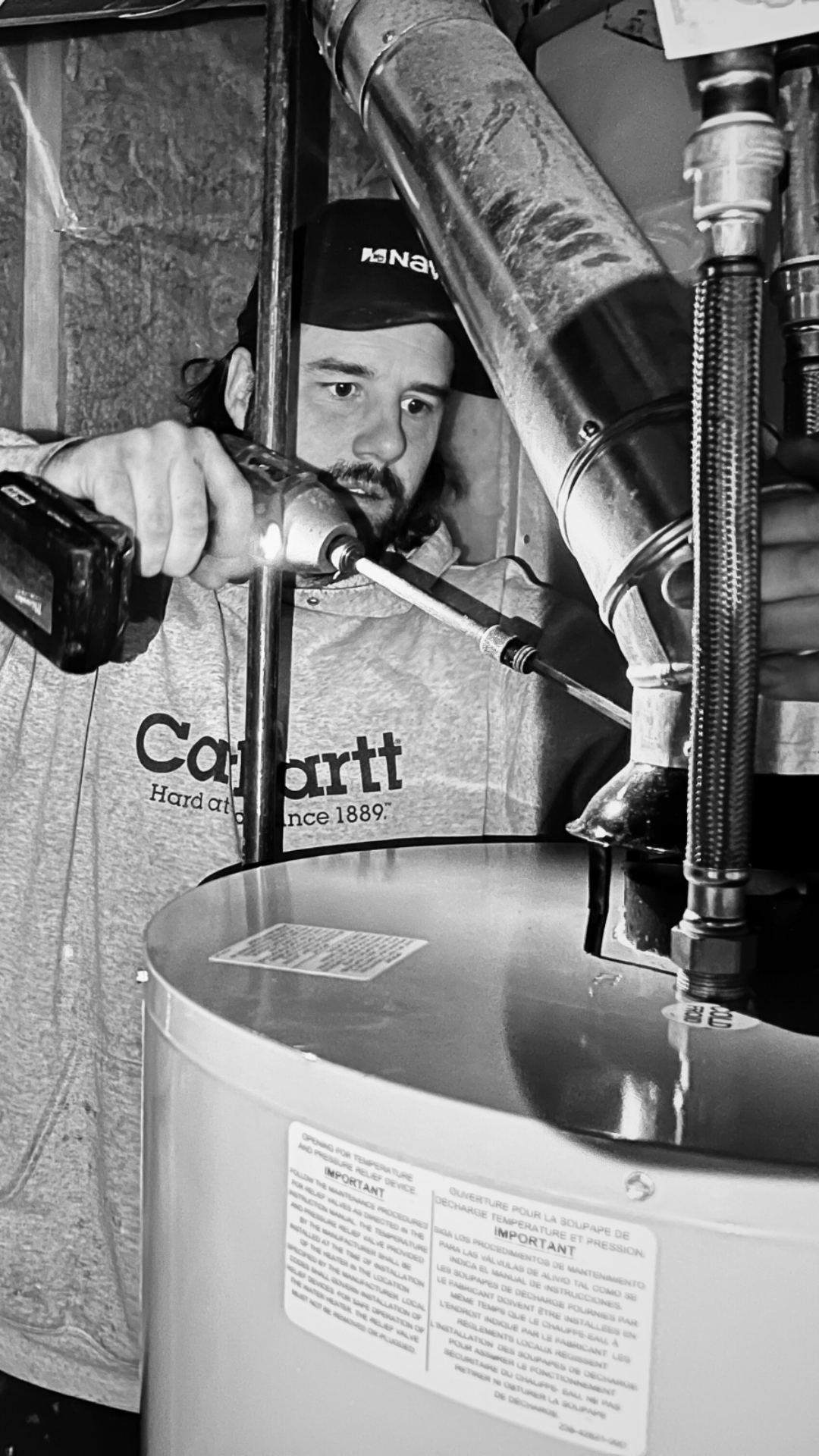As consumers become more aware of the environmental impact of their purchasing decisions, the fashion industry is undergoing a major transformation. Sustainable fashion is no longer a niche market, but a growing movement that is reshaping the way we shop, design, and wear clothes. For eco-conscious shoppers, finding fashion that aligns with environmental values is becoming easier than ever. Here’s a look at the latest trends in sustainable fashion for those who want to make a positive impact with their wardrobe choices.
1. Ethical Production and Fair Trade
One of the key principles of sustainable fashion is ensuring that the people who make our clothes are treated fairly and work in safe, ethical conditions. Ethical fashion brands focus on transparency in their supply chains and support fair trade practices, ensuring that workers are paid fair wages and treated with dignity. This movement aims to reduce the exploitation of workers in developing countries, a significant issue in the fashion industry.
Many eco-conscious shoppers now seek out brands that are certified by organizations that guarantee ethical production practices. Choosing clothes from brands that prioritize the well-being of workers ensures that the fashion industry moves toward a more just and sustainable future.
2. Use of Recycled Materials
Recycled fabrics are a major trend in sustainable fashion. Brands are increasingly turning to post-consumer waste, such as plastic bottles, old garments, and textile scraps, to create new clothing. Recycled polyester, nylon, and cotton are some of the most common materials used in the production of eco-friendly garments. By repurposing materials that would otherwise end up in landfills, these brands are helping reduce waste and the need for virgin resources.
Another exciting development in sustainable fabrics is the creation of recycled wool and cotton, which reduces water consumption and chemical use in the manufacturing process. For eco-conscious shoppers, choosing items made from recycled materials is a simple way to contribute to the reduction of fashion’s environmental footprint.
3. Slow Fashion Over Fast Fashion
The fast fashion industry, known for its quick turnaround of cheap, disposable clothing, has a significant environmental and social impact. It leads to overproduction, massive textile waste, and low wages for workers. In contrast, slow fashion focuses on creating high-quality garments that are timeless, durable, and made to last. Slow fashion brands encourage consumers to buy less but invest in pieces that are built to last for years.
Eco-conscious shoppers are increasingly moving away from fast fashion in favor of carefully curated, sustainable wardrobes that feature fewer but higher-quality items. Brands that embrace slow fashion also focus on making products with ethical materials, reducing waste, and ensuring that each item is made to last.
4. Vegan and Cruelty-Free Fashion
As part of the broader movement toward cruelty-free and plant-based products, vegan fashion has gained considerable traction in recent years. Vegan fashion eliminates the use of animal-derived materials such as leather, wool, and silk, which are often associated with unethical practices in the fashion industry. Instead, brands are using innovative alternatives like pineapple leather (Piñatex), mushroom leather, and sustainable plant-based materials like hemp and organic cotton.
For eco-conscious shoppers who also care about animal rights, vegan fashion offers a guilt-free alternative without compromising on style. These materials are not only more ethical but can also be more environmentally friendly, as they tend to require less water and chemicals in production.
5. Second-Hand and Rental Fashion
The second-hand and rental fashion markets are booming, offering an eco-friendly alternative to buying new clothes. Renting clothing for special occasions or everyday use reduces the demand for new production, cutting down on textile waste and overconsumption. Many platforms are now offering rental services for everything from dresses to everyday wear, allowing consumers to enjoy a wide variety of clothing without the environmental cost of constant purchasing.
Second-hand shopping has also become more mainstream, with charity shops, thrift stores, and online platforms providing access to gently used clothing. Shopping second-hand is a great way to give garments a second life while reducing the demand for new resources.
6. Sustainable Fashion Innovations: From Lab-Grown Materials to Biodegradable Fabrics
Sustainable fashion is also benefiting from innovation in textile development. Scientists and designers are creating new fabrics from lab-grown materials, such as mushrooms, algae, and even food waste. These materials offer the potential for low-impact, biodegradable textiles that can be composted at the end of their life cycle, rather than contributing to landfill waste.
Brands are also experimenting with biodegradable fabrics like Tencel and organic cotton, which break down naturally, leaving behind little environmental impact. For eco-conscious shoppers, choosing garments made from these innovative materials is a way to stay on top of cutting-edge sustainability trends while minimizing harm to the planet.
7. Eco-Friendly Packaging and Shipping
Sustainable fashion goes beyond just the clothes themselves. Many eco-conscious brands are now prioritizing eco-friendly packaging and shipping practices. From using recycled packaging to minimizing the carbon footprint of their delivery systems, these brands are striving to make every part of the purchasing process more sustainable.
For shoppers, supporting brands that use minimal and eco-friendly packaging is another way to reduce waste. Some brands even offer carbon-neutral shipping options, which can further minimize the environmental impact of online shopping.
8. Upcycling and DIY Fashion
Upcycling, or repurposing old clothing into new designs, is another popular trend in sustainable fashion. It reduces the need for new materials while encouraging creativity and personal expression. Many DIY fashion enthusiasts are taking old garments and transforming them into unique, one-of-a-kind pieces. Whether it’s turning an old pair of jeans into a new jacket or adding embellishments to a second-hand dress, upcycling is a way to give old clothes a new life.
For eco-conscious shoppers, upcycling is an opportunity to get involved in the sustainable fashion movement by reimagining and personalizing existing garments rather than buying something new.
The Role of Fashion Magazine in Promoting Sustainable Fashion
In this digital age, fashion magazines are increasingly covering sustainability topics, showcasing eco-friendly brands, and encouraging consumers to make more responsible fashion choices. With the growing focus on sustainable fashion, top fashion magazines play a key role in educating readers about how their choices can make a difference in reducing the environmental impact of the fashion industry. These publications often highlight the latest innovations in eco-friendly materials and share tips on how to curate a sustainable wardrobe.




